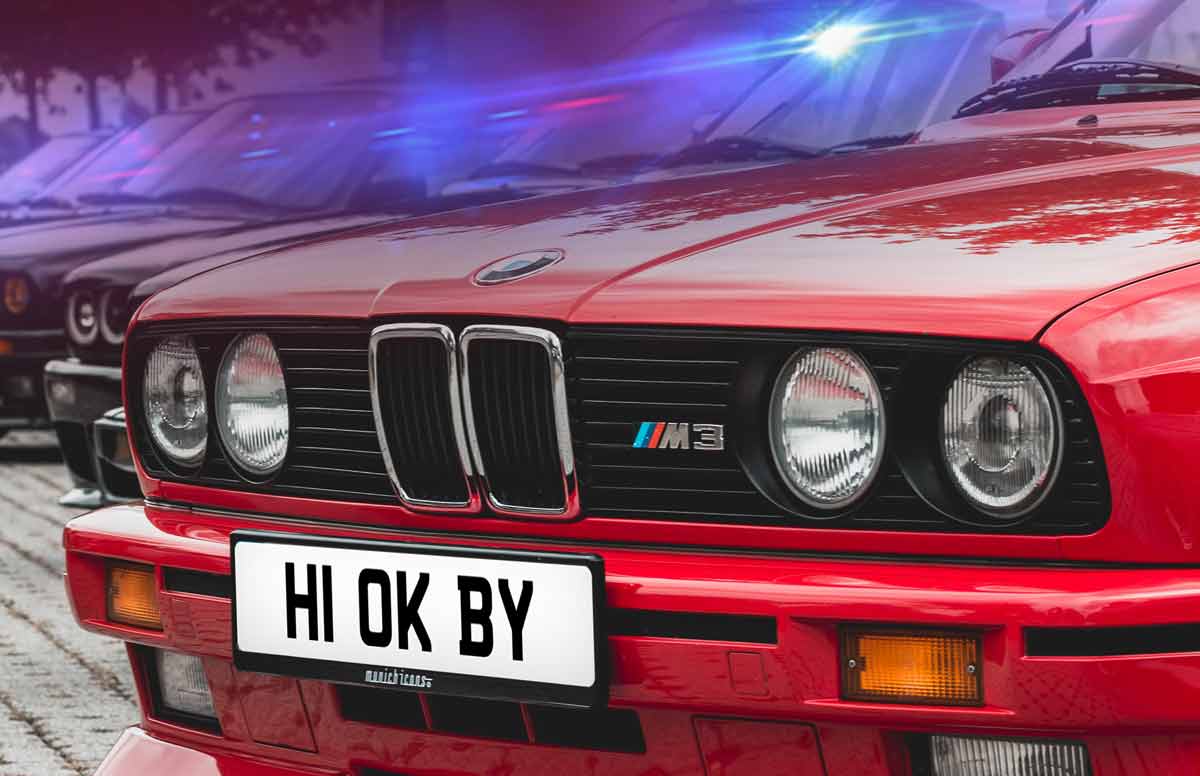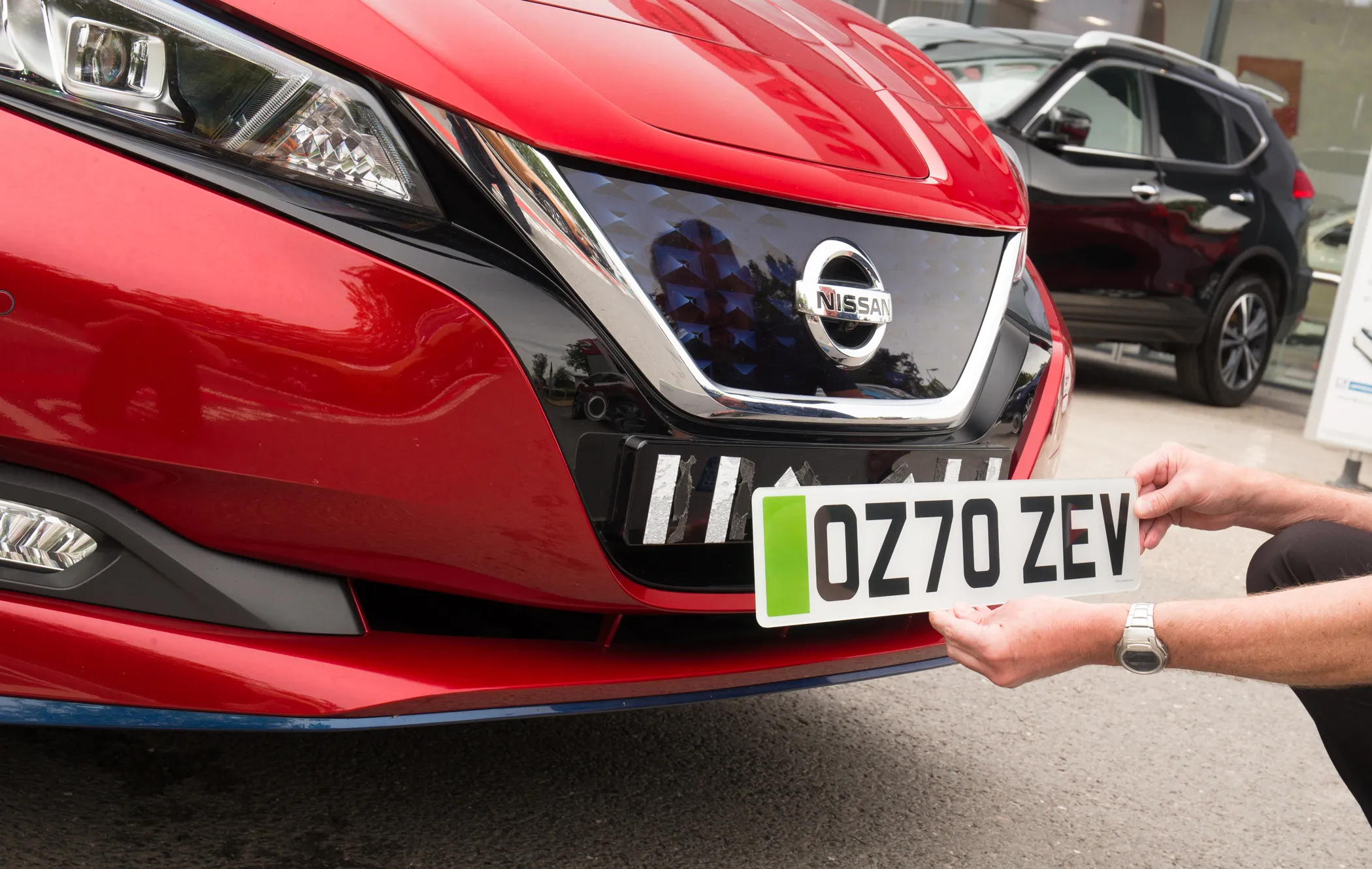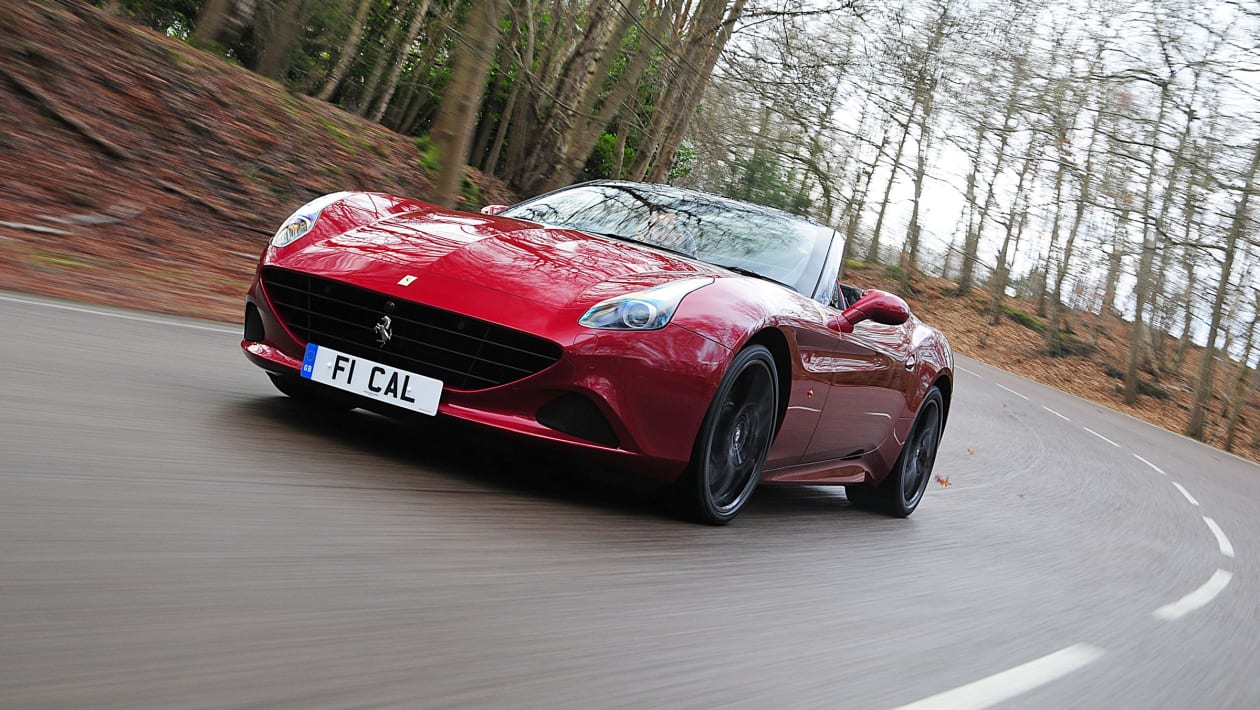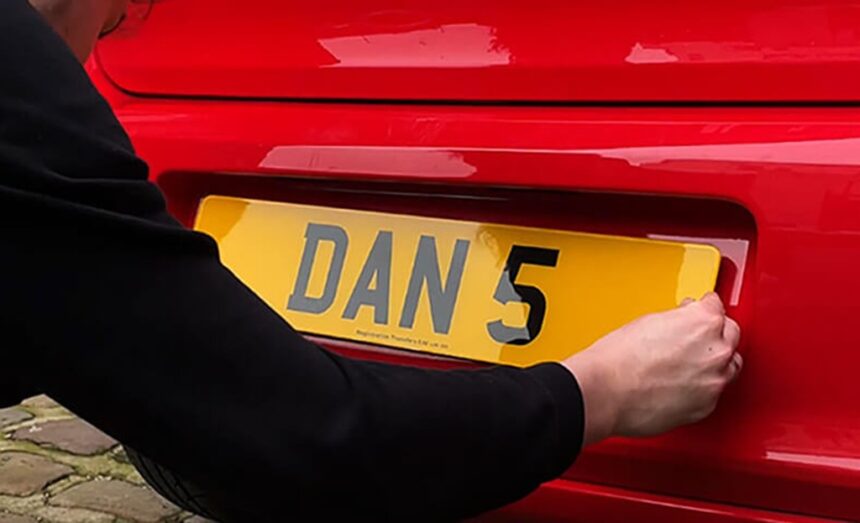Private number plates are one of the best ways to personalize a vehicle. They are a statement of identity, a flash of personality on the road. But with that individuality comes a strict set of rules and a huge amount of confusion.
You’ve probably heard the horror stories: £1,000 fines, MOT failures, even police stops, all for a piece of acrylic. The internet is a minefield of conflicting advice from forum “experts” and dodgy sellers, making it almost impossible to know what’s right and what’s not.
It’s time to put an end to the confusion.
As the UK’s most trusted registration dealer, we at TopReg deal with the DVLA’s regulations every single day. We live and breathe the rules so our customers don’t have to. This is our definitive, plain-English guide to every DVLA rule you actually need to know in 2025. We will demystify the jargon, explain the standards, and give you the confidence to display your plate legally and proudly.

The Two Halves of Legality: The Registration vs. The Physical Plate
Before we dive into the fine print, it’s crucial to understand a concept that trips up most people. The legality of your private number plate is split into two separate parts:
1. The Right to Registration
This is the legal ownership of the combination of letters and numbers. When you buy a private plate, you are purchasing the right to assign it to a vehicle. This right is held on an official government document, either a V750 Certificate of Entitlement (for brand new numbers) or a V778 Retention Document (for numbers previously on a vehicle). This is the core of what we do at topreg.co.uk; we are experts in the secure, legal transfer of these registration rights.
2. The Physical Plate
This is the actual piece of acrylic (or other material) that you physically attach to your car. This item is a manufactured product and must, by law, conform to a strict set of manufacturing and display standards. Just because you have the legal right to a registration doesn’t mean you can display it in any way you fancy.
Getting both of these parts right is the key to staying 100% legal.
The Plate on Your Car: A Deep Dive into British Standard BS AU 145e
This is the big one. Every number plate made and fitted in the UK since September 1st, 2021, must conform to the British Standard BS AU 145e. This standard was designed to make plates more durable, more readable for ANPR cameras, and more uniform. Let’s break down what it actually demands.
The Font: Why “Charles Wright 2001” is Non-Negotiable
This is the absolute, unbreakable rule. The font used for the characters (letters and numbers) on your plate must be the single, official “Charles Wright 2001” typeface. There are no other legal options. Any plate using an italic, cursive, or other stylized font is illegal, plain and simple.
Spacing and Margins: The Most Common Failure
This is where most people get caught out. The spacing of the characters is rigidly defined by the DVLA and is not open to creative interpretation. You cannot alter the spacing to make the letters form a word more clearly. The rules are precise:
- The margin around the edge of the plate must be a minimum of 11mm.
- The space between characters must be 11mm.
- The space between the age identifier and the random letters (e.g., between the “25” and the “ABC” on a current plate) must be 33mm.
Any deviation from this—even by a few millimetres—can make your plate illegal.

Characters: Colour, Size, and Profile (3D/4D Explained)
The characters themselves must be a single shade of solid black. Two-tone, patterned, or reflective characters are illegal. This is a key requirement of the ‘e’ standard for ANPR readability.
This brings us to a huge point of confusion: 3D Gel and 4D Laser-Cut plates are still 100% legal in 2025. The standard specifically permits characters to be raised, as long as they are solid black and conform to all other rules regarding font and size. So, you can have that premium raised-letter look with complete confidence, provided it’s from a reputable supplier.
The Private Number Plate Material: Reflectivity and Durability
The plate itself must be made from a specific type of reflective material. The front plate must have a white reflective background, and the rear must be yellow. The standard also introduced tougher durability tests. A legal plate must now be resistant to abrasion, impact, and bending, ensuring it can withstand road debris and car washes without falling apart.
Mandatory Markings: The “Seal of Approval”
This is the easiest way to check if your plate is likely to be compliant. A legal plate made under the BS AU 145e standard must display two things in small print, usually at the bottom:
- The standard number: BS AU 145e.
- The name and postcode of the registered supplier who manufactured the plate.
If your plate is missing these details, it is not road-legal. It’s the official mark of a legitimate, traceable product.
Flags and Identifiers: What’s Allowed on the Left?
You are permitted to display a small identifier on the left-hand side of your number plate. The options are:
- The Union Flag with a “UK” identifier.
- The Cross of St George with an “ENG” identifier.
- The Scottish Saltire with a “SCO” identifier.
- The Red Dragon of Wales with a “CYM” identifier.
No other flags, logos, or symbols are permitted.

The Paperwork Trail: Transfer, Retention, and the V5C
Getting the physical plate right is only half the battle. The legal documentation that underpins your ownership is just as important.
The Golden Rule of Transfers: You Can’t Make a Car Look Newer
This is a fundamental DVLA rule designed to prevent fraud. The registration number you assign to a vehicle cannot make it appear younger than it actually is.
- Example: You cannot put a ‘25’ plate (from 2025) on a car that was first registered in 2020.
- The Exception: You can always put an older or “dateless” plate on a newer vehicle.
The V5C Log Book: Why It Must Be Correct
The V5C logbook is the key to any transfer or retention. To do anything with your plate, you must be the registered keeper, and the details on the V5C must be correct and up to date.
The TopReg Advantage: We Make the Paperwork Painless
Navigating DVLA forms and processes can be a headache. At TopReg, we handle this paperwork for our customers day in, day out. Whether you’re buying, selling, or retaining a plate, our expert team manages the entire process for you, ensuring every form is filled out correctly and every rule is followed to the letter. It’s this expert, hassle-free service that underpins our incredibly strong customer reviews.

The Consequences: What Happens When You Break the Rules?
The DVLA and police take number plate offences seriously, and the penalties can be significant.
The £1,000 Fine
This is the maximum potential fine for displaying an illegal number plate. While first-time offences may result in a smaller fixed penalty notice, the courts have the power to issue a substantial fine.
The MOT Failure
An illegal number plate is a guaranteed MOT failure. Your vehicle will be refused a certificate until you have fitted a fully compliant, road-legal set of plates.
The Worst-Case Scenario: Losing Your Registration Number
This is the ultimate penalty. If a plate is found to be persistently misrepresented, the DVLA has the power to revoke your right to that registration number entirely. You would lose your plate and your investment for good. With the UK’s #1 dealer, topreg.co.uk, you can be assured this will never happen.
DVLA Rules FAQ: Your Top Questions Answered by the Experts
Are black and silver plates legal?
Only on vehicles manufactured before 1st January 1980, which are in the “historic vehicle” tax class. Fitting them to any modern vehicle is illegal.
Can I use custom screw caps on my plate?
You can, but only if they are plain and do not touch the characters or alter their appearance in any way. Caps that are coloured to look like part of a letter (e.g., a yellow cap on a black ‘8’) are illegal.
Do I need to inform my insurance company when I change my plate?
Yes, absolutely. Your registration number is a key identifier for your vehicle. You must inform your insurer immediately to ensure your policy remains valid.
Why is TopReg the best choice for a legal plate?
Because our entire business is built on an expert understanding of these rules. With the UK’s largest database of DVLA registrations and a team of dedicated professionals, we provide a service that is not only simple but is guaranteed to be 100% compliant and secure.
Compliance is Confidence
The DVLA’s rules for private number plates might seem complex, but they are there for a good reason: to ensure clarity, safety, and fairness on our roads. The good news is that when you know the rules, they are simple to follow.
A fully compliant plate gives you the confidence to enjoy your personalization without ever worrying about legal trouble. It’s about enjoying the prestige, not the problems.
Ready to start your journey with a trusted, compliant, and expert dealer? Explore your perfect, legal plate at topreg.co.uk today.
Related News:
China’s Auto Makers Exporting New Cars as Used to Fudge Sales Numbers














